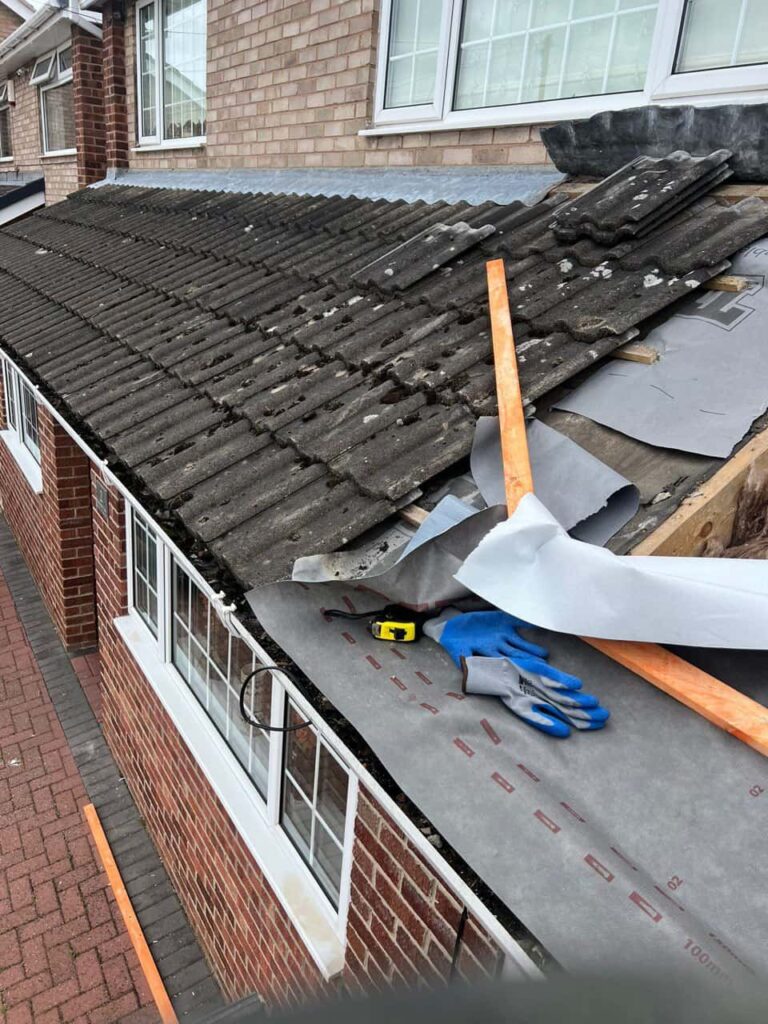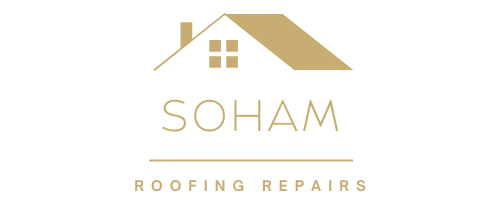Introduction: Humidity is a common yet often overlooked factor contributing to roof leak formation. At Soham Roofing Repairs, we understand how vital it is to recognise and address humidity’s impacts to maintain the integrity of your roof. This blog post will explore how humidity influences roof leaks, what signs to watch for, and how to prevent potential damage.
Understanding Humidity and Its Effects
Humidity refers to the amount of moisture present in the air. When the humidity levels are high, the atmosphere has a higher water vapour concentration. This moisture can affect roofing materials and structures, potentially leading to leaks.
How Humidity Contributes to Roof Leaks
- Condensation Buildup: During periods of high humidity, condensation can form on the underside of the roof, especially in poorly ventilated attic spaces. This condensation can eventually lead to water damage and leaks.
- Material Deterioration: Prolonged exposure to moisture can cause roofing materials to deteriorate. Wooden structures may rot, metal components may rust, and tiles or shingles can weaken over time.
- Mould and Mildew Growth: High humidity levels create the perfect environment for mould and mildew to thrive. These fungi can damage roofing materials and compromise their integrity, leading to leaks.
- Thermal Expansion: Moisture can cause roofing materials to expand and contract with temperature changes. This constant movement can create gaps and cracks, allowing water to penetrate the roof.
Signs of Humidity-Related Roof Issues
- Water Stains: Look for discoloured patches or stains on your ceiling or walls, indicating water intrusion.
- Musty Odours: A damp, musty smell in your home may signal the presence of mould or mildew due to excessive moisture.
- Peeling Paint: Paint or wallpaper that peels or bubbles is often a sign of moisture problems.
- Mould Growth: Visible mould on walls, ceilings, or in the attic indicates high humidity levels and potential water damage.
Preventing Humidity-Induced Roof Leaks
- Improve Ventilation: Proper attic ventilation is crucial for reducing condensation buildup. Ensure your attic has adequate ventilation to allow moisture to escape.
- Use Dehumidifiers: In particularly humid areas, using a dehumidifier can help control indoor humidity levels, reducing the risk of condensation.
- Regular Inspections: Schedule roof inspections to identify and address any early signs of moisture damage or leaks.
- Proper Insulation: Ensure your attic is well-insulated to prevent temperature fluctuations leading to condensation.
- Gutter Maintenance: Keep your gutters clean and in good condition to ensure proper drainage and reduce the risk of water damage.
The Importance of Professional Assistance
While homeowners can take some preventative measures, addressing humidity-related roof issues requires professional expertise. At Soham Roofing Repairs, we offer comprehensive roof inspection and repair services to identify and resolve problems caused by high humidity levels.
Conclusion: Understanding the role of humidity in roof leak formation is crucial for maintaining your roof’s longevity and integrity. You can protect your home from potential damage by recognising the signs of moisture-related issues and taking preventative measures. For expert assistance and reliable roofing solutions, trust Soham Roofing Repairs to keep your roof in top condition.
Call us on: 01353 881 092
Click here to find out more about Soham Roofing Repairs
Click here to complete our contact form and see how we can help you with your roofing needs.

